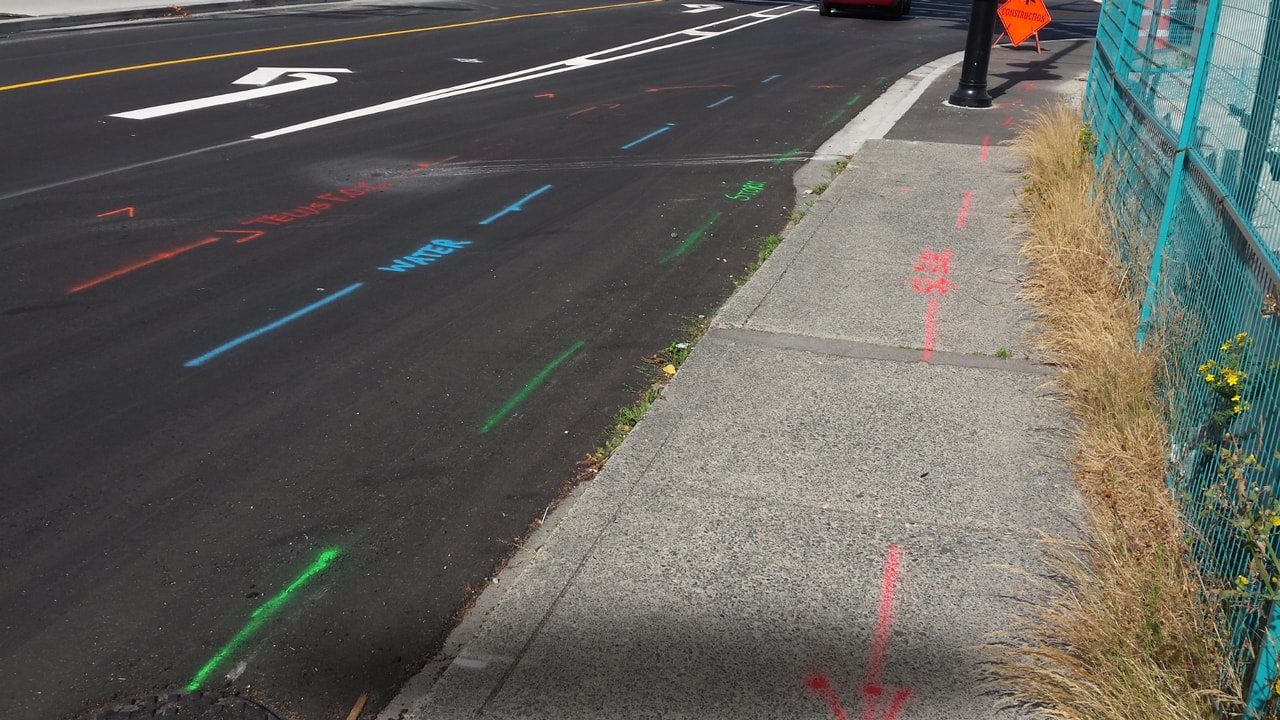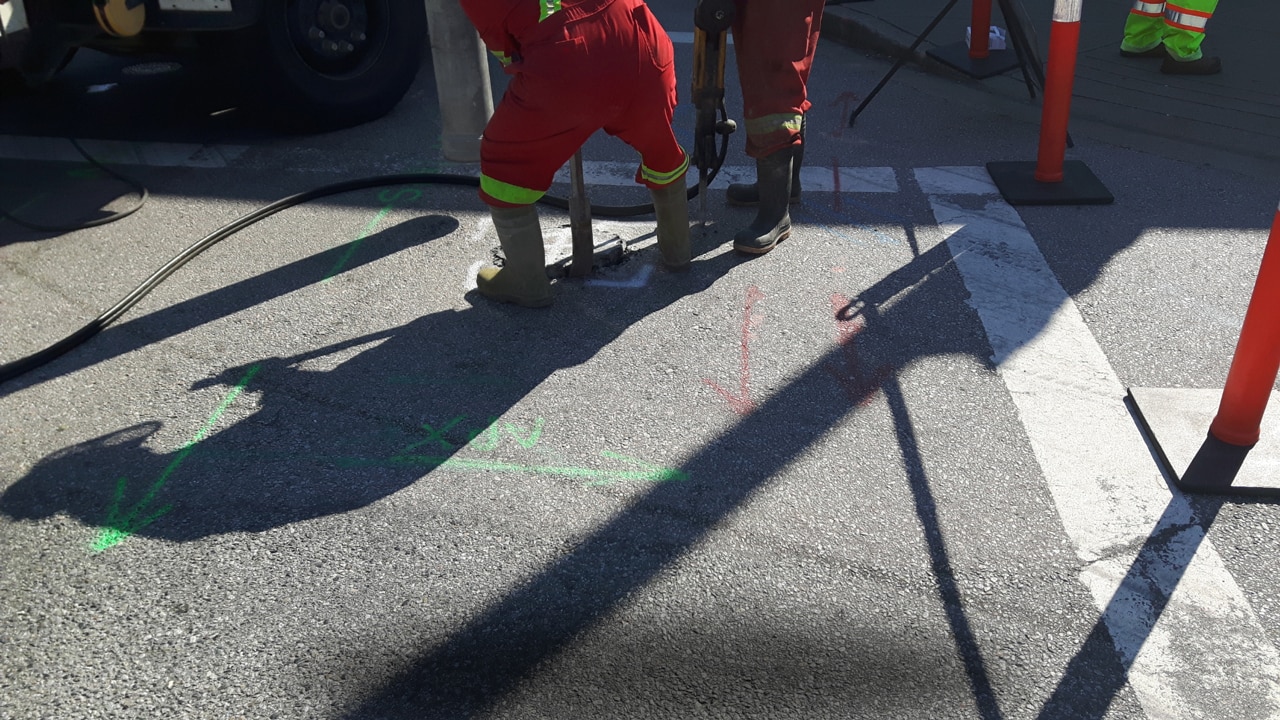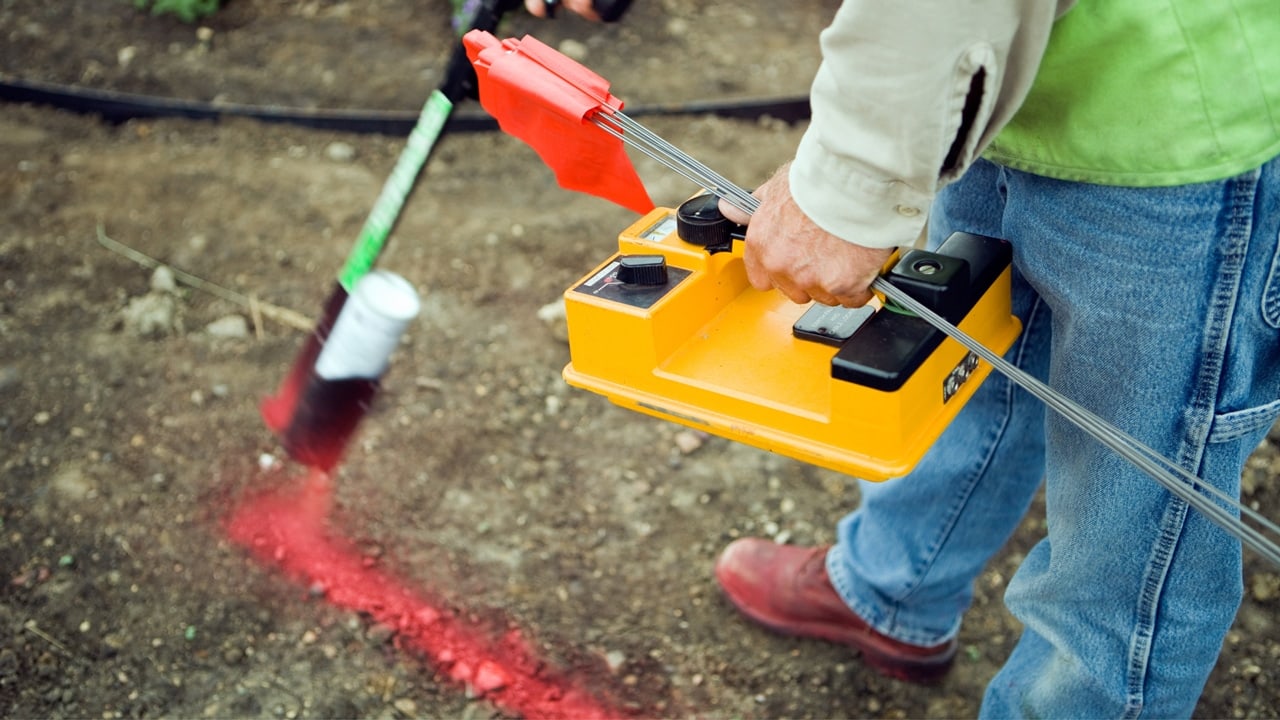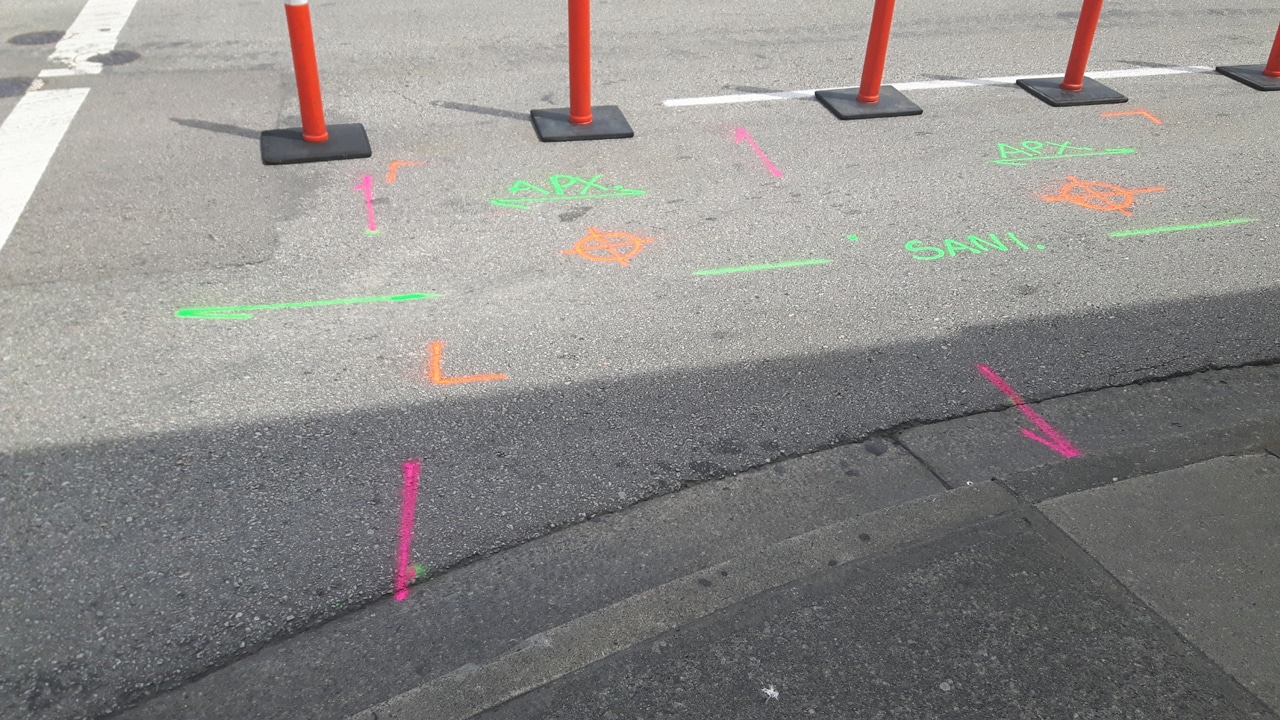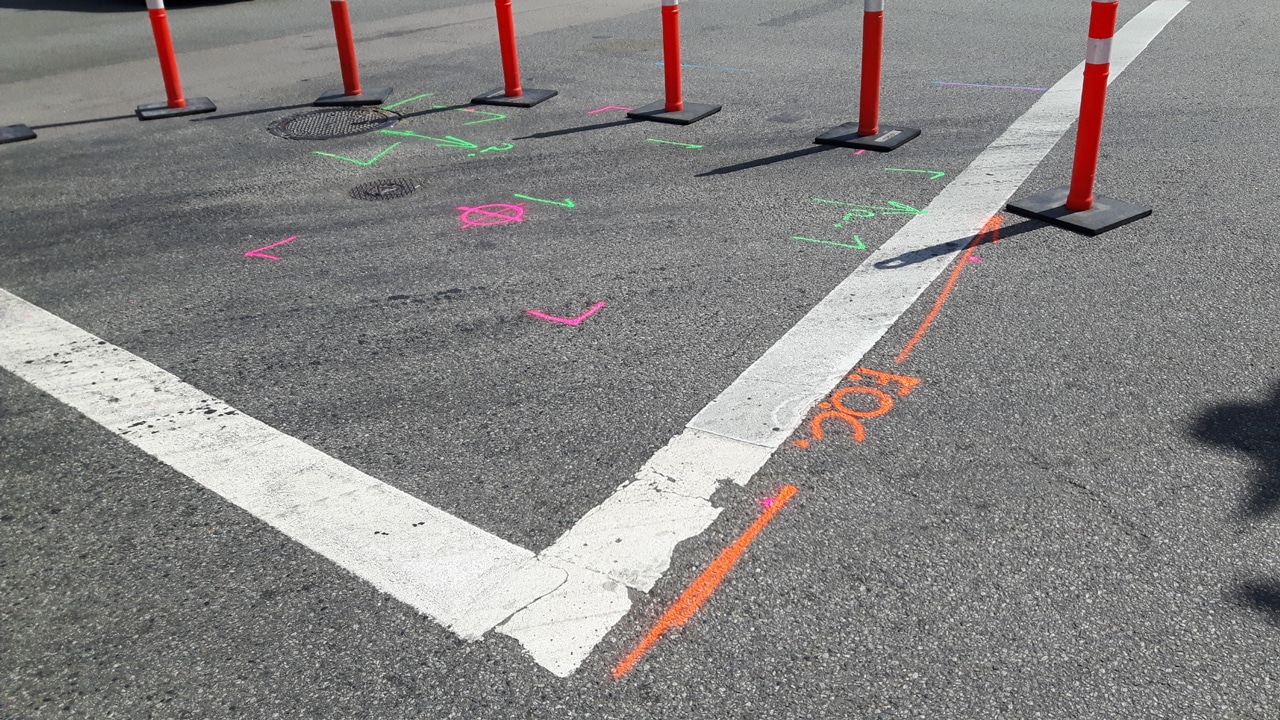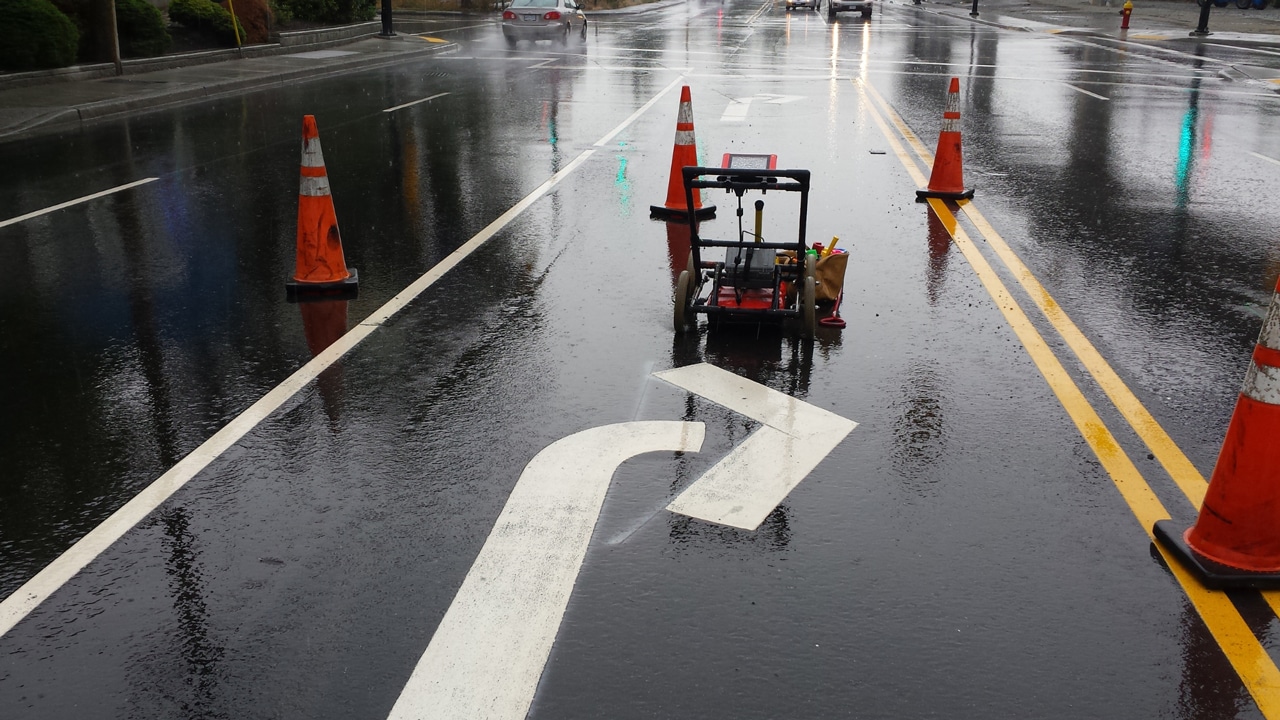Contemplating DIY potholing? While DIY potholing is technically possible, it is not advisable due to safety, legal, and practical considerations. Hiring professionals with the right equipment and expertise in utility locating services in California is the recommended approach for potholing underground utilities.
Embarking on a construction project often involves unearthing the mysteries beneath the ground. Utility potholing, a technique to expose utilities without causing damage, becomes pivotal. The question arises: can this be a DIY endeavor, or is it a task best left to the professionals?
The DIY Challenges
- Water Pressure Woes – DIY enthusiasts might contemplate using water pressure to excavate soil. While this might work for softer terrains, the real challenge lies in dealing with varied soil conditions and the potential for unexpected obstacles.
- Caving Suits and Safety Risks – Safety should be paramount in any excavation activity. DIY attempts often lack the premium-grade safety gear and risk management plans employed by professional potholing services.
- Legal Implications – Undertaking potholing without proper knowledge can lead to legal complications. Professionals understand the legal requirements, ensuring that projects are executed within the bounds of the law.
- Unforeseen Challenges – DIYers might not anticipate unforeseen challenges, leading to project delays and increased costs. Professionals conduct thorough assessments to identify potential challenges beforehand, ensuring a smooth excavation process.
The Professional Advantage
- Underground Complexity – Professional potholing services bring extensive knowledge of underground infrastructure, from metallic to non-metallic gas pipes. They possess the tools and expertise to identify and expose various utility lines.
- Soft Excavation Techniques – Professionals employ soft excavation techniques tailored to the soil conditions. This ensures precise exposure without compromising the integrity of surrounding utilities or structures.
Weathering the Conditions
- Unpredictable Soil Conditions – DIY attempts may struggle with unpredictable soil conditions. Professionals, however, leverage their experience to adapt techniques according to the soil type, ensuring efficiency in any weather.
- Beyond Ideal Circumstances – Weather conditions can be fickle, impacting excavation projects. Professional services are equipped to handle adverse weather, ensuring that the project progresses even in less-than-ideal circumstances.
Safety on the Line
- Protective Gear: More Than a Necessity – Potholing in any capacity involves risks. DIYers might lack the necessary protective gear, putting themselves at risk of injury. Professional services come equipped with safety gear and follow stringent safety protocols.
- Cave Environment Risks – Working in a confined space or cave-like environment poses unique risks. Professionals undergo specialized training to navigate these environments safely, mitigating the hazards associated with underground excavation.
The Unseen Risks
- Unseen Utility Lines – DIYers might not possess the skills to detect non-metallic or non-traditional utility lines effectively. Professional potholing services use advanced technology to identify all types of utility lines accurately.
- Risk of Damage – The risk of accidentally damaging utility lines is high in DIY projects. Professionals employ non-destructive methods and advanced equipment, minimizing the risk of damage to existing infrastructure.
Hire Professional Potholing Services
Specialized Knowledge
Professional services bring specialized knowledge, ensuring that every potholing project is executed with precision. They understand the nuances of different utilities, from water pipes to gas lines.
Cutting-Edge Technology
Equipped with cutting-edge technology like ground-penetrating radar, professional potholing services offer accuracy and efficiency. This ensures that utilities are exposed without damage, reducing the risk of service disruptions.
Safety Measures
Safety is a top priority for professionals. From comprehensive risk assessments to adhering to safety protocols, they create a secure environment for both workers and the project site.
Adapting to Challenges
Professionals are adept at adapting to unexpected challenges, be it inclement weather or complex soil conditions. Their experience allows them to navigate hurdles seamlessly.
The Environmental Perspective
Eco-Friendly Practices
Professional potholing utilities prioritize eco-friendly practices, minimizing the environmental impact of excavation. From soil erosion prevention to waste disposal, these services adhere to sustainability principles.
Soil Erosion Mitigation
Preventing soil erosion is a critical aspect of responsible excavation. Professionals implement strategies to mitigate soil erosion, ensuring the preservation of the surrounding environment.
Cost-Efficiency Reimagined
Long-Term Savings
While DIY projects might seem cost-effective initially, the long-term savings offered by professional services become evident. Avoiding utility damage and potential legal fines contributes to overall project cost-efficiency.
Comprehensive Project Management
Professionals provide comprehensive project management, covering all aspects from planning to execution. This holistic approach ensures that the project stays on schedule and within budget.
The Utility of Data
Accurate Documentation
Accurate documentation of utility locations, is essential for future projects and maintenance. Professionals maintain meticulous records, providing comprehensive data and detailed potholing report that add value to the overall project.
Future Planning
Detailed documentation allows for informed decision-making in future projects. Professionals contribute to long-term sustainability by providing accurate data for urban planning and development.
The Safety Benchmark
Occupational Safety
Ensuring the safety of workers is a priority for professional potholing services. Strict adherence to safety protocols and the use of appropriate safety gear set the benchmark for occupational safety in excavation projects.
Public Safety Assurance
Professional services not only prioritize worker safety but also ensure public safety. By preventing utility disruptions and accidents, they contribute to a safer environment for everyone.
Professional Excellence in Potholing Underground Utilities with Util-Locate!
When it comes to potholing in construction, precision matters. Choose Util-Locate for professional potholing services that utilize cutting-edge technology, ensuring accurate excavation without compromising safety or the environment.
Invest in the expertise that goes beyond excavation. Util-Locate not only locates underground utilities but safeguards your project’s integrity. Our commitment to eco-friendly practices, cost-efficiency, and comprehensive data documentation sets us apart. Choose professionalism; choose Util-Locate.
Don’t let unforeseen challenges hinder your project. Rely on Util-Locate’s seasoned private utility locating professionals to navigate legal complexities, mitigate environmental impact, and ensure long-term savings. Safeguard your investment with our meticulous project management and unwavering commitment to safety. Opt for excellence; opt for Util-Locate.
Ready to dig deeper? Contact us at 866-638-1075 at Util-Locate today!

